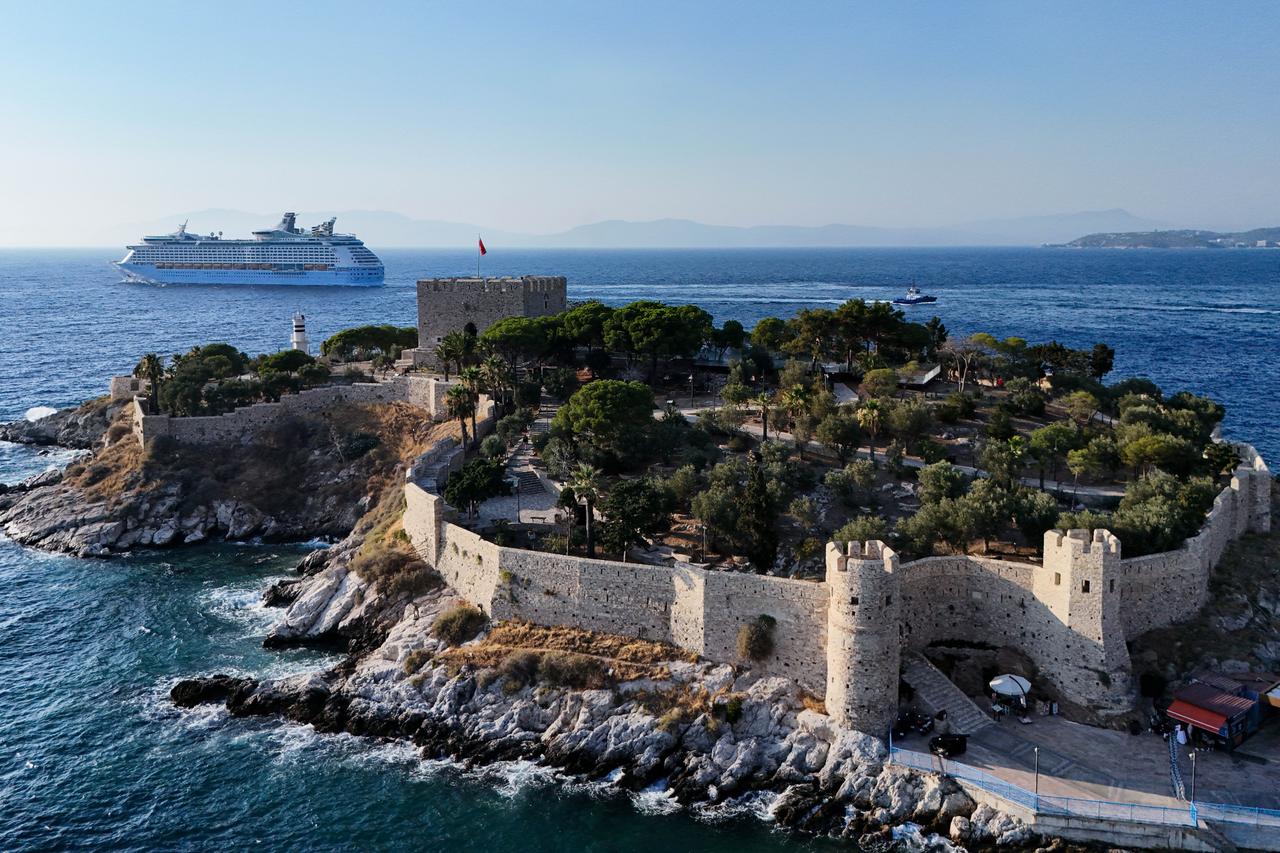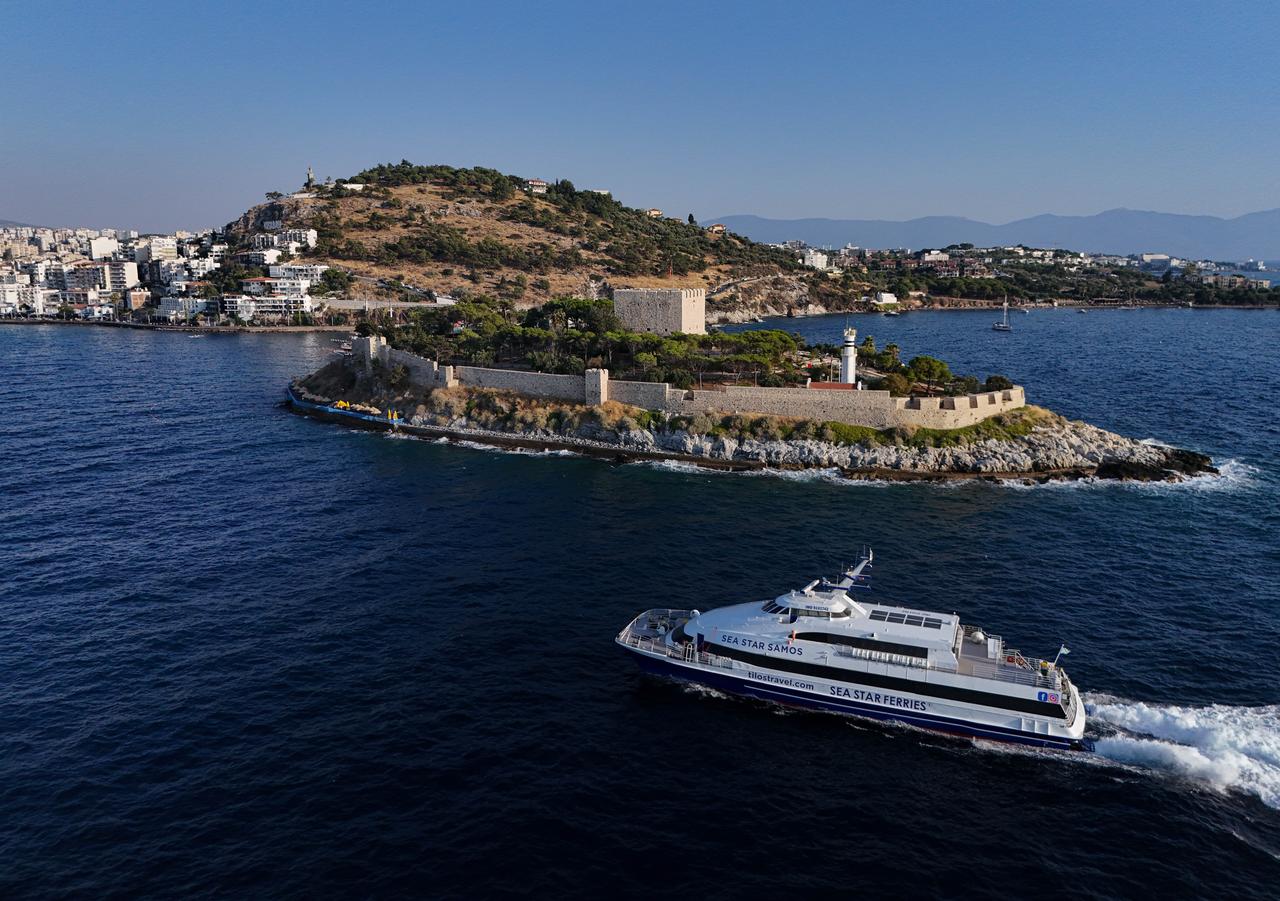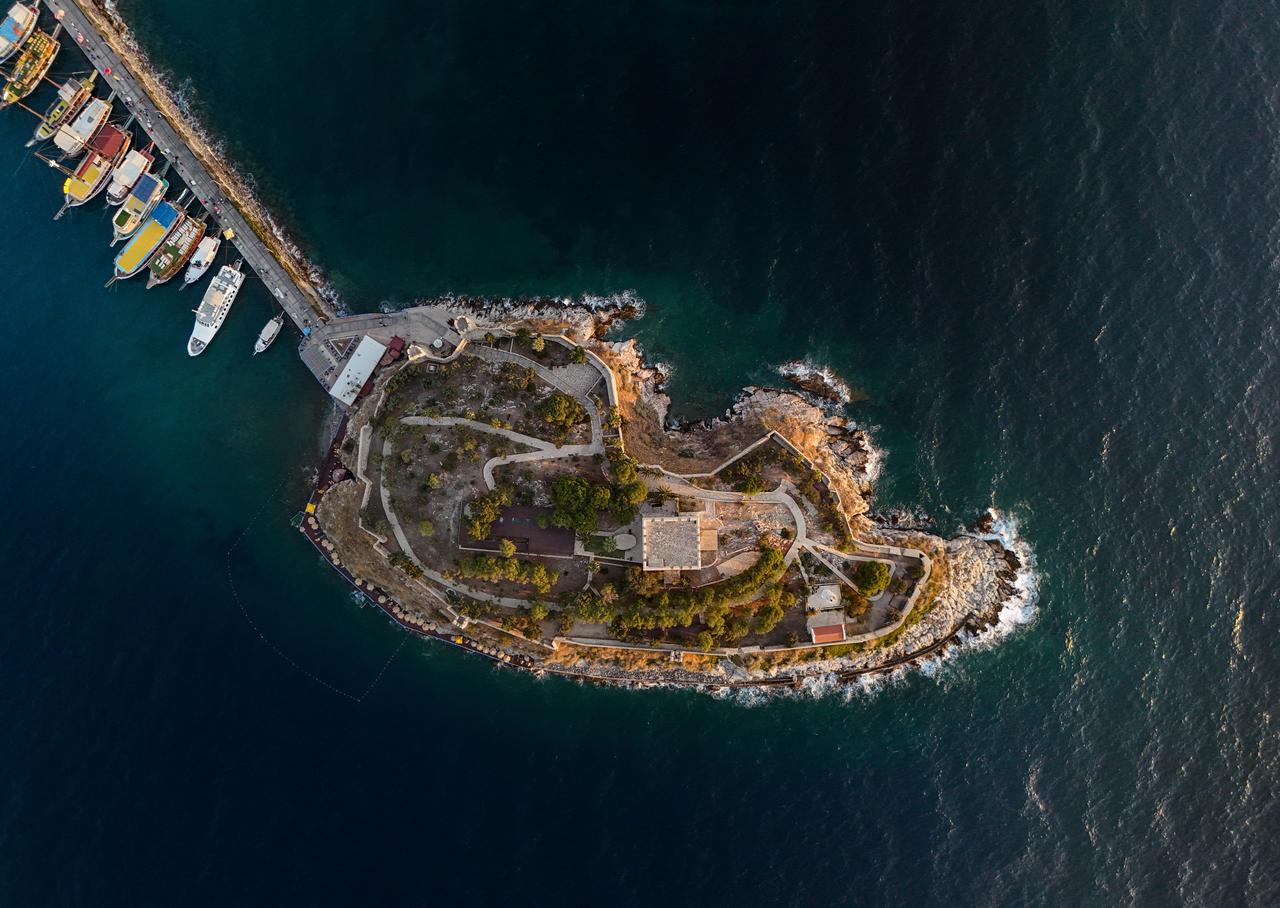
As thousands of cruise passengers disembark each year at Kusadasi, one historic landmark rises to meet them even before the port—Guvercinada Castle. Built by famed Ottoman admiral Hayreddin Barbarossa Pasha, the castle has stood for nearly five centuries as a sentinel of the Aegean.

Located in the Aegean province of Aydin, Türkiye, the island fortress of Guvercinada—literally “Pigeon Island”—sits at the heart of Kusadasi, one of the region’s most prominent tourist destinations. Once a strategic watchpoint against pirates, the castle now draws global attention for its well-preserved Ottoman military architecture and commanding views of the sea.
Originally serving as a coastal outpost during Byzantine and Ottoman times, the structure also held significance in maritime trade. It was one of seven major fortresses on the Genoese trade route, reflecting its regional importance long before it became a visual icon for modern-day cruise tourism.

Though the island's military history dates back to the late 13th or early 14th century, it was in 1533 that Ottoman naval commander Barbaros Hayreddin Pasha ordered the construction of the inner castle. The walls and towers were later repaired at different times during the Ottoman period, including in 1613 under Mehmed Pasha and after the Greek War of Independence in the 1820s by a local officer named Ilyas Aga.
Major conservation efforts were also carried out in 1957, with a significant restoration campaign undertaken in 2013 to strengthen the site’s structure and improve its accessibility for visitors.

Built atop natural rock, the castle’s stone perimeter walls stretch approximately 3 meters high. The design includes a square-planned tower and artillery windows, features typical of Ottoman fortification techniques. The construction stones were transported from Yilanci Cape (Yilanciburnu), adding to the site’s historical layers.
Locally nicknamed the “Pirate Castle,” Guvercinada played a central role in securing the port against naval threats. Today, it continues to symbolise Kusadasi’s enduring connection to the sea, blending its military past with the town’s present-day appeal as a major tourist hub.